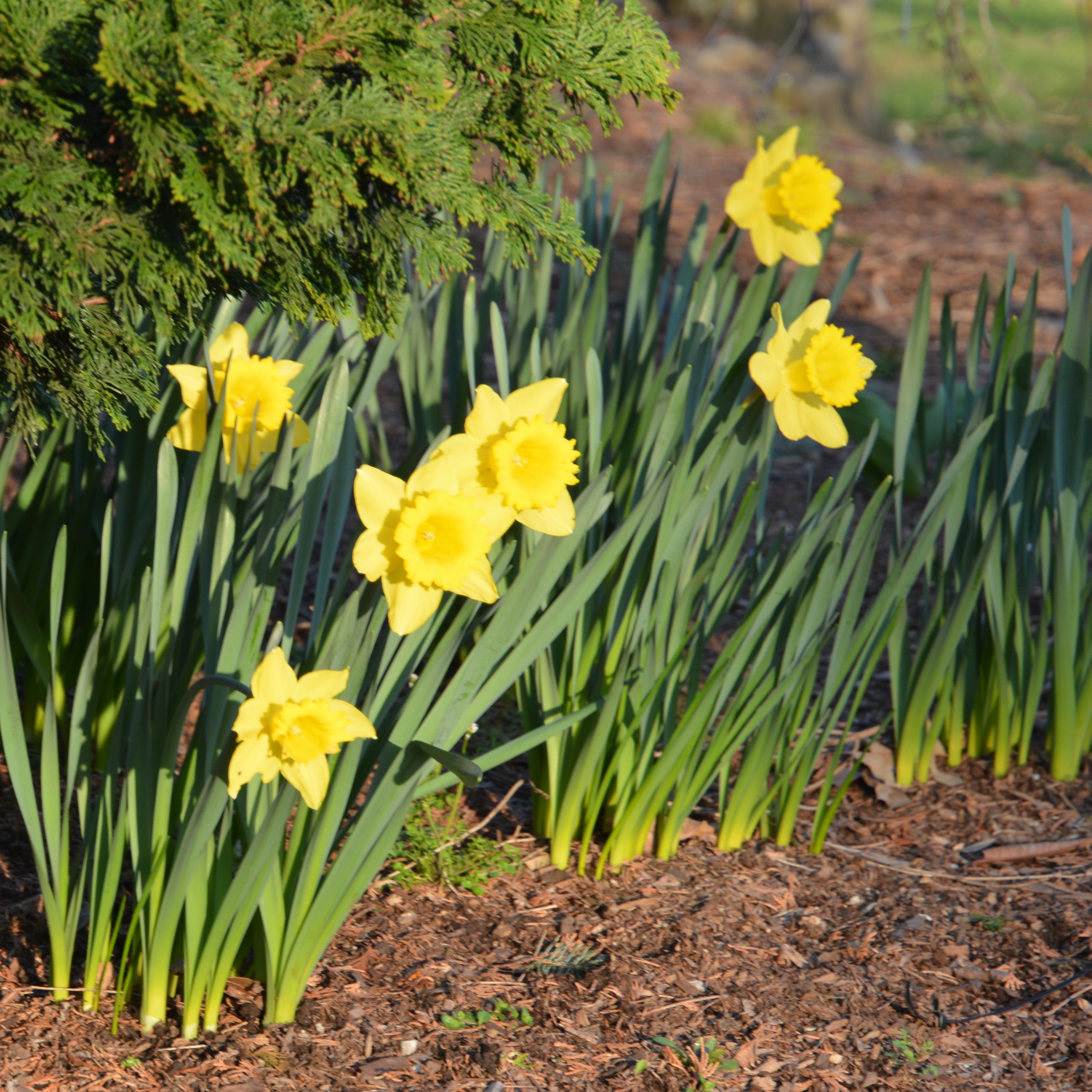Each season has its holiday. Winter has Xmas, fall has Thanksgiving and summer has the Fourth of July. But the best season is spring and with it comes Passover and Easter. We barely give a thought to what each means, but we can surmise that if a holiday has been celebrated for the last 2,500 years, it is jam packed with meaning. So let us take some time to see what can be learned by analyzing our favorite springtime holiday.
The word Easter comes from the name “Easter,” the goddess of spring for the Anglo-Saxons. As a religious practice, Easter was first associated with the Old Testament story of Passover where the Jews were able to escape slavery in Egypt by making an exodus into freedom. Christians converted this holiday into the celebration of Jesus Christ’s crucifixion, death and resurrection on Easter Sunday, giving proof to the idea that he was God.
But let’s face facts. We now live in a secular world and Easter has more to do with bunnies, bonnets and jelly beans than with worship. Easter baskets, tasty jelly beans, Peeps, pretty eggs and a variety of chocolate bunnies taste great, but in addition they suggest the ageless concept of rebirth and renewal.
These spring holidays derive from the seasonal cycle in which spring swallows up and defeats winter. Our seasons have been with us for hundreds of thousands of years and April has long been considered “the cruelest of months, breeding lilacs out of the dead land, mixing memories and desire.” At least that’s how T.S. Eliot felt.
Each year spring does battle with winter and each year spring triumphs and gives mankind the hope of growth. Trees get taller each spring and our kids move up another grade. And adults also try desperately to improve their position, their social standing and their bank accounts. As we observe nature’s triumph each spring, we all try to do the same, modeling ourselves after April.
The hope for transcendence has not been lost on our best writers. Goethe’s “Faust” begins with the demon Mephisto up in heaven having an urbane chat with God and describes man as a cricket who keeps jumping up only to fall down to Earth again and again. He then makes a bet with God. He tells God “go ahead, pick your best man and I will show you how I can ruin him. I will always succeed in pulling him back into the swamp. So much for your concept of the transcendent human.”
In Samuel Beckett’s play “The Lost Ones,” Becket describes mankind as living in a gigantic trash can with most of us milling around on the bottom but with some brave souls queuing up in front of ladders that lead up the walls in order to find an escape on the very top. P.S. No one escapes.
It has been suggested that the possibility of spiritual transcendence in the modern world decreases over time. The presence of YouTube, TikTok and Twinkies makes it tough for a soul to find transcendence.
As a sport psychologist and psychoanalyst, I spend all my days helping athletes in their efforts to transcend their neurosis in order to get to the top of the heap. They sacrifice, push themselves to the brink, train six hours a day and generally suffer greatly in order to climb Jacob’s Ladder to become top dog and get beyond their negative or false self. But over the many years I have worked with athletes I have discovered that no amount of training, talent or technique can get them to the next level until a special something occurs within them. One can label this as insight, an epiphany, the acquisition of confidence or a new self-image, but whatever you call it, you must have it in order to get to the top.
And we may be able to use religion as a good metaphor here. Judaism and Christianity have called this element God’s breath, the wind, the Holy Spirit or faith. In the Holy Trinity it’s referred to as the Holy Ghost. It is an energy and in secular terms, it is the belief in self that transcends the coach, the player, the talent, the training and the past. It is the arrival of an unshakable belief in one’s self. It is the moment when athletes find faith in themselves. This is why trophies are given. They serve as memory aides to help the athlete to recall his or her power.
Finding this holy spirit is akin to what the athlete calls confidence. To arrive at the holy place of the zone may take more than 40 days of wandering in the desert. It can take 40 months of sitting in the office and talking about how the past can destroy the present. But when the burning bush is finally seen or when the white dove arrives, it is a day to rejoice.
So is it true that April is the cruelest of months? I think April is the kindest of months. James Joyce said it far better than T.S. Eliot when he had Molly Bloom say in “Ulysses:” “O and the sea the sea crimson sometimes like fire and the glorious sunsets and the fig trees in the Alameda gardens yes and all the queer little streets and pink and blue and yellow houses and the rose gardens and the jessamine and geraniums and cactuses and Gibraltar…”
Spring is the time of Easter, the time of Passover and the time of growth. It is also a time to rejoice in all we have been given and all that is to come this year.




